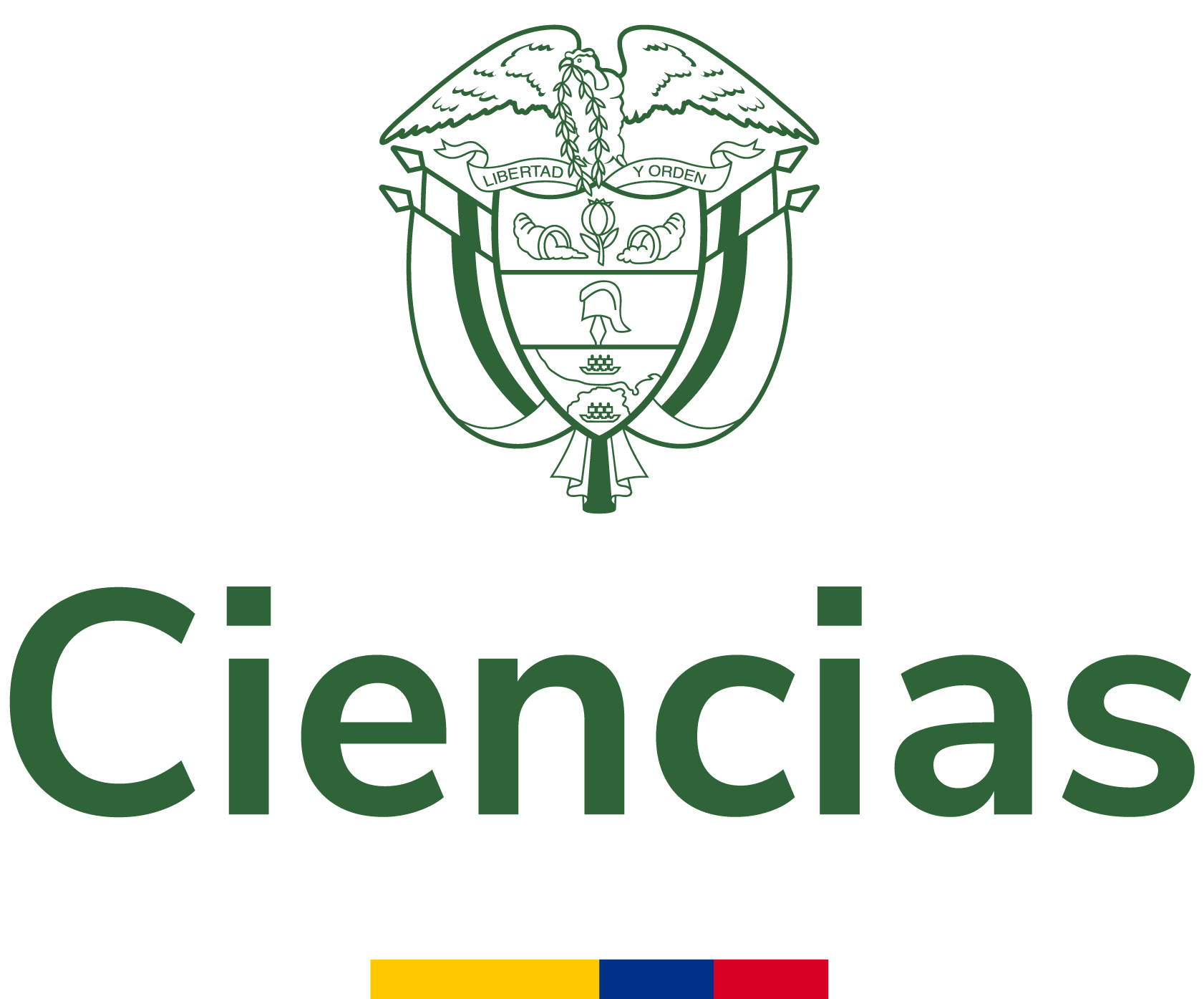The beauty in the ancient greece and in the contemporary design
It is common to observe how the current design elements are borrowed from classical tendencies; in fact, they are a source of constant inspiration for designers seeking new meaning in them. However, substantial differences shine to be taken into account when taking, for example, through ancient Gree...
- Autores:
- Tipo de recurso:
- Fecha de publicación:
- 2020
- Institución:
- Universidad Católica de Pereira
- Repositorio:
- Repositorio Institucional - RIBUC
- Idioma:
- spa
- OAI Identifier:
- oai:repositorio.ucp.edu.co:10785/13934
- Acceso en línea:
- https://revistas.ucp.edu.co/index.php/grafias/article/view/1391
http://hdl.handle.net/10785/13934
- Palabra clave:
- Rights
- openAccess
- License
- Derechos de autor 2014 Revista Grafías
| id |
RepoRIBUC_5ca29bca3e1218605ee1b40c01a77666 |
|---|---|
| oai_identifier_str |
oai:repositorio.ucp.edu.co:10785/13934 |
| network_acronym_str |
RepoRIBUC |
| network_name_str |
Repositorio Institucional - RIBUC |
| repository_id_str |
|
| spelling |
The beauty in the ancient greece and in the contemporary designLa belleza en la Grecia antigua y en el diseño contemporáneoIt is common to observe how the current design elements are borrowed from classical tendencies; in fact, they are a source of constant inspiration for designers seeking new meaning in them. However, substantial differences shine to be taken into account when taking, for example, through ancient Greece as the focus of creation. Analyzing the ideal of beauty, artistic production and functionality contained in the Greek design, you may find that the Greek exaltation of beauty through the symmetrical, natural and masculine forms differs from the contemporary intent of value subjectivity and influence context. Also, the assumed hierarchy of fine arts in ancient Greece is challenged by the current trend of generating experiences from indigenous materials. Finally, the turn that takes the Greek idea of design as a decorative tool basically exposed, becoming today a commodityEs frecuente observar cómo elementos del diseño actual son retomados de tendencias clásicas; de hecho, son fuente de inspiración constante para nuevos diseñadores que buscan significado en ellas. Sin embargo, relucen diferencias sustanciales que deberían tenerse en cuenta a la hora de tomar, por ejemplo, a la Antigua Grecia como eje de creación. Analizando el ideal de belleza, la producción artística y la funcionalidad contenida en el diseño griego, se puede encontrar que la exaltación helénica de lo bello por medio de las formas simétricas, naturales y masculinas difiere de la intención contemporánea de valorar la subjetividad y la influencia del contexto. Asimismo, la jerarquía que suponían las bellas artes en la antigua Grecia es rebatida por la tendencia actual de generar experiencias desde materiales autóctonos. Por último, se expone el giro que toma la idea griega del diseño como una herramienta básicamente decorativa, pasando a ser hoy un commodity.Universidad Católica de Pereira2023-08-30T00:24:05Z2023-08-30T00:24:05Z2020-05-11Artículo de revistahttp://purl.org/coar/resource_type/c_6501http://purl.org/coar/version/c_970fb48d4fbd8a85info:eu-repo/semantics/articleinfo:eu-repo/semantics/publishedVersionhttp://purl.org/coar/resource_type/c_2df8fbb1application/pdfhttps://revistas.ucp.edu.co/index.php/grafias/article/view/139110.31908/grafias.v0i25.1391http://hdl.handle.net/10785/13934Revista Grafías; Núm. 25 (Abr. - Jun., 2014); 175 - 1781900-567910.31908/grafias.v0i25spahttps://revistas.ucp.edu.co/index.php/grafias/article/view/1391/1399Derechos de autor 2014 Revista Grafíashttps://creativecommons.org/licenses/by-nc/4.0/deed.es_EShttps://creativecommons.org/licenses/by-nc/4.0/deed.es_ESinfo:eu-repo/semantics/openAccesshttp://purl.org/coar/access_right/c_abf2Tamayo Castellanos, Carlos Juliánoai:repositorio.ucp.edu.co:10785/139342025-01-27T17:49:05Z |
| dc.title.none.fl_str_mv |
The beauty in the ancient greece and in the contemporary design La belleza en la Grecia antigua y en el diseño contemporáneo |
| title |
The beauty in the ancient greece and in the contemporary design |
| spellingShingle |
The beauty in the ancient greece and in the contemporary design |
| title_short |
The beauty in the ancient greece and in the contemporary design |
| title_full |
The beauty in the ancient greece and in the contemporary design |
| title_fullStr |
The beauty in the ancient greece and in the contemporary design |
| title_full_unstemmed |
The beauty in the ancient greece and in the contemporary design |
| title_sort |
The beauty in the ancient greece and in the contemporary design |
| description |
It is common to observe how the current design elements are borrowed from classical tendencies; in fact, they are a source of constant inspiration for designers seeking new meaning in them. However, substantial differences shine to be taken into account when taking, for example, through ancient Greece as the focus of creation. Analyzing the ideal of beauty, artistic production and functionality contained in the Greek design, you may find that the Greek exaltation of beauty through the symmetrical, natural and masculine forms differs from the contemporary intent of value subjectivity and influence context. Also, the assumed hierarchy of fine arts in ancient Greece is challenged by the current trend of generating experiences from indigenous materials. Finally, the turn that takes the Greek idea of design as a decorative tool basically exposed, becoming today a commodity |
| publishDate |
2020 |
| dc.date.none.fl_str_mv |
2020-05-11 2023-08-30T00:24:05Z 2023-08-30T00:24:05Z |
| dc.type.none.fl_str_mv |
Artículo de revista http://purl.org/coar/resource_type/c_6501 http://purl.org/coar/version/c_970fb48d4fbd8a85 info:eu-repo/semantics/article info:eu-repo/semantics/publishedVersion |
| dc.type.coar.fl_str_mv |
http://purl.org/coar/resource_type/c_2df8fbb1 |
| status_str |
publishedVersion |
| dc.identifier.none.fl_str_mv |
https://revistas.ucp.edu.co/index.php/grafias/article/view/1391 10.31908/grafias.v0i25.1391 http://hdl.handle.net/10785/13934 |
| url |
https://revistas.ucp.edu.co/index.php/grafias/article/view/1391 http://hdl.handle.net/10785/13934 |
| identifier_str_mv |
10.31908/grafias.v0i25.1391 |
| dc.language.none.fl_str_mv |
spa |
| language |
spa |
| dc.relation.none.fl_str_mv |
https://revistas.ucp.edu.co/index.php/grafias/article/view/1391/1399 |
| dc.rights.none.fl_str_mv |
Derechos de autor 2014 Revista Grafías https://creativecommons.org/licenses/by-nc/4.0/deed.es_ES https://creativecommons.org/licenses/by-nc/4.0/deed.es_ES info:eu-repo/semantics/openAccess http://purl.org/coar/access_right/c_abf2 |
| rights_invalid_str_mv |
Derechos de autor 2014 Revista Grafías https://creativecommons.org/licenses/by-nc/4.0/deed.es_ES http://purl.org/coar/access_right/c_abf2 |
| eu_rights_str_mv |
openAccess |
| dc.format.none.fl_str_mv |
application/pdf |
| dc.publisher.none.fl_str_mv |
Universidad Católica de Pereira |
| publisher.none.fl_str_mv |
Universidad Católica de Pereira |
| dc.source.none.fl_str_mv |
Revista Grafías; Núm. 25 (Abr. - Jun., 2014); 175 - 178 1900-5679 10.31908/grafias.v0i25 |
| institution |
Universidad Católica de Pereira |
| repository.name.fl_str_mv |
|
| repository.mail.fl_str_mv |
|
| _version_ |
1844493998746501120 |






